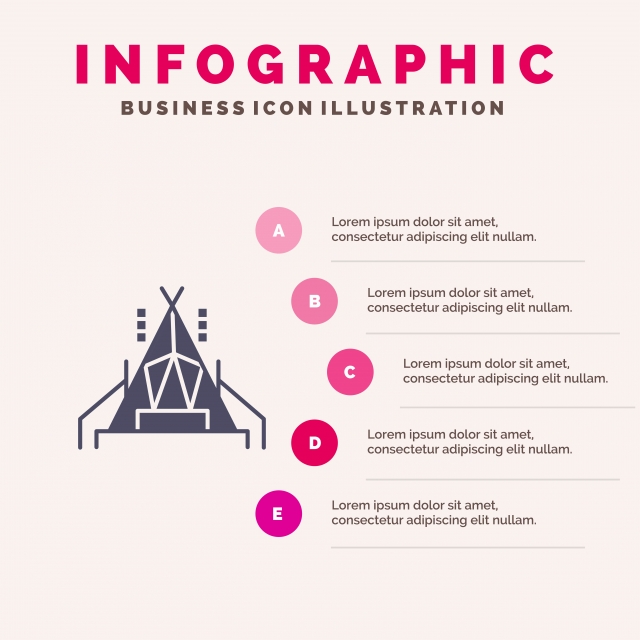Bell tents are becoming increasingly prominent as flexible, stylish shelters for camping and glamping. Yet what's the background behind this enduring style?
How do you care for a canvas tent?
Henry Hopkins Sibley patented the single-pole conelike camping tent that we know as a bell outdoor tents. However, he abandoned to the Confederacy and never ever got his royalties.
Inevitably, somebody else included brief walls to the cone canopy and invented what we currently know as a bell outdoor tents.
Origins
The popularity of bell tents is growing, and they're currently a staple at camping festivals and as stylish yard retreats. Their large insides offer an adaptable home from home environment that's excellent for families and teams of close friends, while the round layout helps with security in strong winds.
The style of the modern-day bell camping tent can be traced back to army outdoors tents used by European militaries during the Crimean Battle in 1853-1856. After that, in America, a soldier called Henry Hopkins Sibley patented a similar framework that attracted motivation from American Tipis.
Both styles are still in operation today. Nonetheless, Sibley camping tents vary from their even more current cousins in that they have side walls and a raised larger entry. Sibley tents likewise rely on a single central post for support which makes them simpler to establish however limits setup options.
Function
Bell outdoors tents' one-of-a-kind form and sizable interiors make them the suitable choice for a large range of exterior activities. Whether you're hosting a backyard camping party, glamping at a remote natural retreat or taking place an epic fantasy-inspired adventure, the adaptability of these tents guarantees that your experience will certainly fit and trendy.
The bell-shaped tent was initially patented in 1856 by Henry Hopkins Sibley, that had made the layout after observing Indigenous American tipi outdoors tents. However, he resigned from the US Army at the episode of the Civil Battle, waiving his legal rights to future royalties.
Since then, the design has actually become a staple of numerous glamping experiences. These glamorous outdoors tents usually include luxurious bed linens and en-suite washrooms, providing campers the chance to delight in nature without compromising comfort.
Style
In the modern day, bell camping tents have experienced a renewal in appeal, as individuals seek a much more immersive outdoor experience. They are used in a variety of setups, consisting of outdoor camping, glamping, and events. Their distinct shape, spacious interiors, and reasonably very easy setting up make them a prominent choice for those looking for a sophisticated, historical style to their outdoor experiences.
The distinct shape of a bell tent develops high ceilings and ample clearance, making it comfy to stand up in and move around. On top of that, the center post is not positioned near the entryway of the tent, allowing for even more privacy and area inside the sanctuary.
The bell outdoor tents design traces back to an American soldier named Henry Hopkins Sibley, that was inspired by Native American tipi outdoors tents when developing his version of the bell outdoor tents in 1856. His design was a considerable renovation over conventional military outdoors tents, which were tough to deliver as a result of their complicated building.
Materials
In modern-day times, Bell Tents are crafted from premium materials that are created for resilient resilience. glamping tent rental This is why they are a preferred choice amongst entertainment campers, festival-goers, and glampers alike.
In the 19th century, a United States Army officer named Henry Hopkins Sibley adapted traditional camping tents into what is now referred to as the modern bell camping tent. He based his design on Indigenous American Tipi frameworks, including short wall surfaces to the main post structure that made it much more steady.
Today, polycotton canvas is a typical material used in the construction of bell camping tents. This mix of cotton and polyester supplies a wide range of benefits, including breathability, superior weather condition resistance, and simpler maintenance than pure cotton canvas. This textile is likewise long lasting and abrasion-resistant. It is thicker than the majority of nylon fabrics, nonetheless, which can make it heavy and extra costly than regular camping tents.
Modern day
In modern, the popularity of Bell Tents has exploded thanks to glamping websites and festivals offering up these large tents for pairs, teams and households to delight in. The aesthetic charm and sturdiness of these circular tents are appealing to many campers.
Whether it be rainfall or wind, these camping tents hold their own against the elements. Normally, they're made with canvas that is treated to secure against dampness, mildew and UV rays.
How do you waterproof a bell tent?
It isn't clear exactly when these outdoors tents were created, yet it's widely recognized that they're a variation of a Sibley camping tent - called after Henry Hopkins Sibley, who adjusted the design of the American Indian tipi. It is thought that whoever added brief walls to Sibley's cone cover was responsible for the development of the bell outdoor tents as we know it today.
